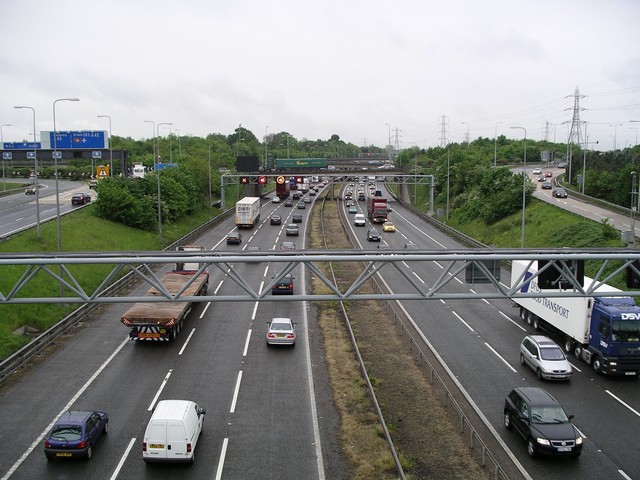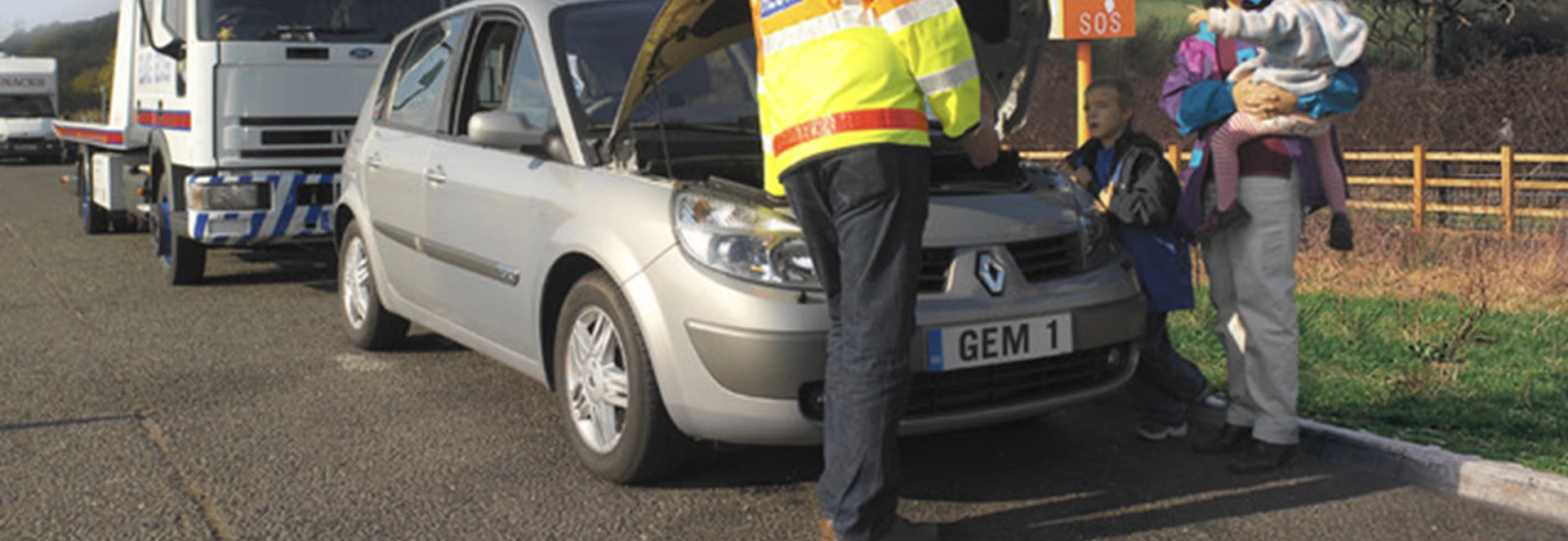Having your car breakdown is always a blow, but it’s particularly inconvenient if it happens while you are driving on the motorway. If this ever does happen to you, however, then there’s no need to panic. Being prepared and knowing what you should and shouldn’t do can make a huge difference.
In this guide, we explain step by step how to safely handle a motorway breakdown, covering the various dos and don’ts along the way.
Pulling up on the hard shoulder
When you have a problem with your car on the motorway that forces you to stop, you’ll need to pull onto the hard shoulder and stop as far to the left as possible. While doing this, have your vehicle’s sidelights and hazard warning lights turned on.
When you’ve stopped, you and any passengers should leave your vehicle via the left-hand door (or whatever the side that is away from traffic is if you are not in the UK). If you have reflective jackets inside your vehicle, put them on before you get out. Reflective jackets are particularly handy if your car has broken down during the night time, so these along with a torch are always handy things to keep in your car.
If you’ve got any animals in your car, leave them inside it if you can. If that’s not possible, keep the animal under control on the verge. If possible, move yourself and passengers as far away from the motorway road, preferably behind a barrier or, as is usually the case with most motorways, up one of the neighbouring grassy hills.
Don’t bother trying to do any repair work on your vehicle or setting up a warning triangle or other emergency signals when a breakdown happens on the motorway.

If for some reason you can’t get your car to stop on the hard shoulder then this is far from ideal, since stopping on a running lane is very dangerous. If that happens though, switch on your hazard warning lights and don’t attempt to leave any sort of other warning on the carriageway.
Once you know you can get safely clear, leave the vehicle where it is and move to a safe place at the side of the road, as mentioned above. If you have a disability that prevents you from leaving your vehicle, then keep your seatbelt on, switch on your hazard warning lights and use a mobile phone if you can to contact emergency services.
Phoning emergency services
When you’ve pulled up and got yourself in a safe place, this is a good time to get out your mobile phone, if you have one, and call a breakdown service that can repair or recover your vehicle.
Alternatively, you can use a nearby emergency telephone – these are dotted along motorway roads every 100 meters or marked with a square blue sign every 500 meters. Emergency telephones by the motorway are free to use and connect you directly to the Highways Agency.
While calling for an emergency service, make sure you can give your location. To help you out, there should be Driver Location Signs nearby which identify your location and direction of travel. There should also be reference numbers on the telephones themselves and possibly other marker posts which could help.
Some breakdown cover services can also offer online apps for your mobile, which can not only be used to call for help but can also use GPS tracking to pinpoint your exact location.




